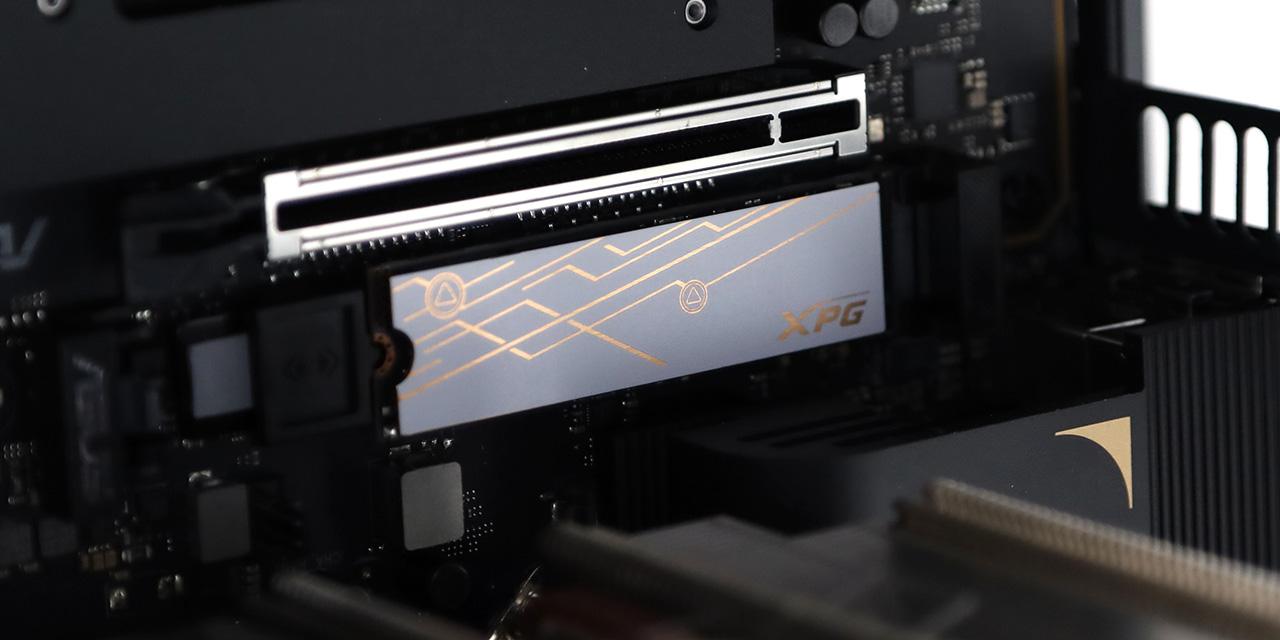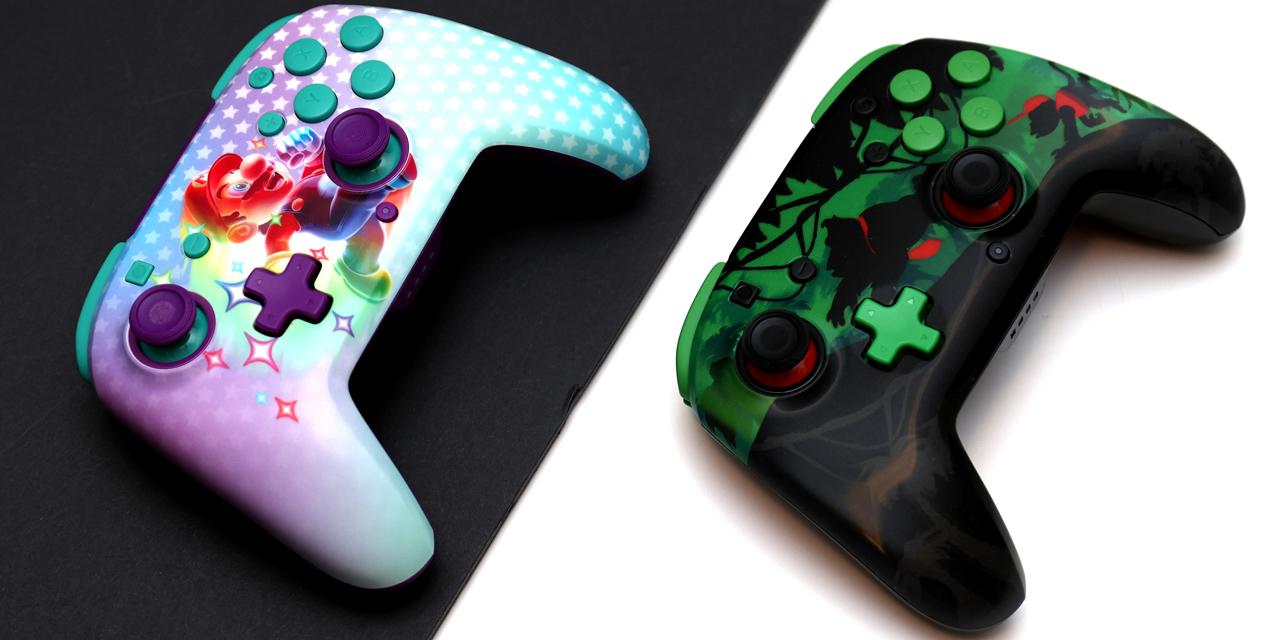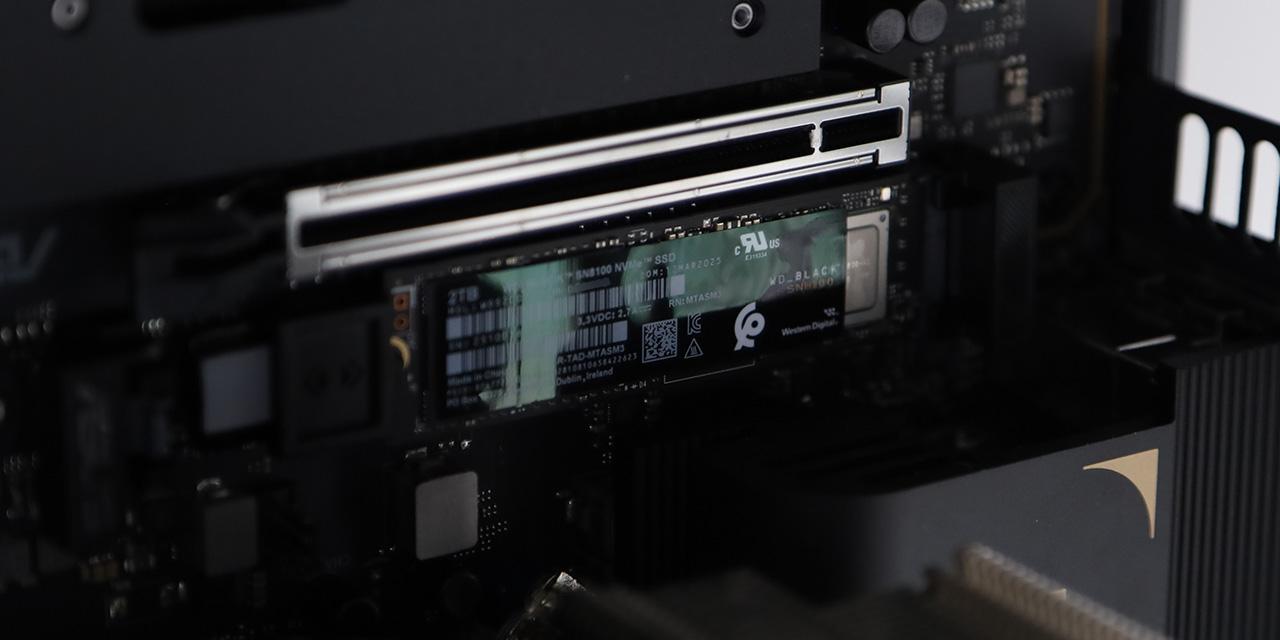|
From Tom's Hardware: DX11 is expected to bring several substantial advancements over DX10, including the introduction of Shader Model 5.0, as well as GPGPU support and multithreading support, both of which are essential for the graphics industry and the myriad of multi-core graphics cards that exist today. Also, hardware tessellation will be supported by DX11. Hardware tessellation has been supported by ATI cards going back to the 2000 series, but has never been popular with PC game developers. Tessellation, which allows for a low-polygon model to see a real-time increase in polygon density with minimal performance loss, was part of the GPU ATI designed for the Xbox 360, and with DX11, may finally be a feature utilized by PC game developers. While DX11 is expected to improve visuals over DX10, according to Ars Technica, the bulk of improvement is reserved for "...improving GPU computational capabilities and efficiency in a variety of environments." Now that the software will be in place, we may see the GPGPU become a widespread trend. While a specific date is not yet clear, we will see a 40nm GPU form ATI sometime in 2009. This means that we will most likely see DX11 cards based on an older manufacturing tech for the time being. While we will wait for 40 nm, ATI did say that GDDR5 will be its dominant memory standard starting next year. ATI is also looking forward to other advances in the field, including GPGPU support, OpenCL (Open Computer Language), support, and an increase in the number of programs that can utilize GPU computing capabilities effectively. "The push here is to drive the idea of the video card as a computing platform in its own right, out of the supercomputer/HPC arena and into the home," observed Ars Technica. View: Article @ Source Site |
 |
ATI: Expect DirectX 11 and 40 nm GPUs in 2009
© Since 2005 APH Networks Inc. All trademarks mentioned are the property of their respective owners.





